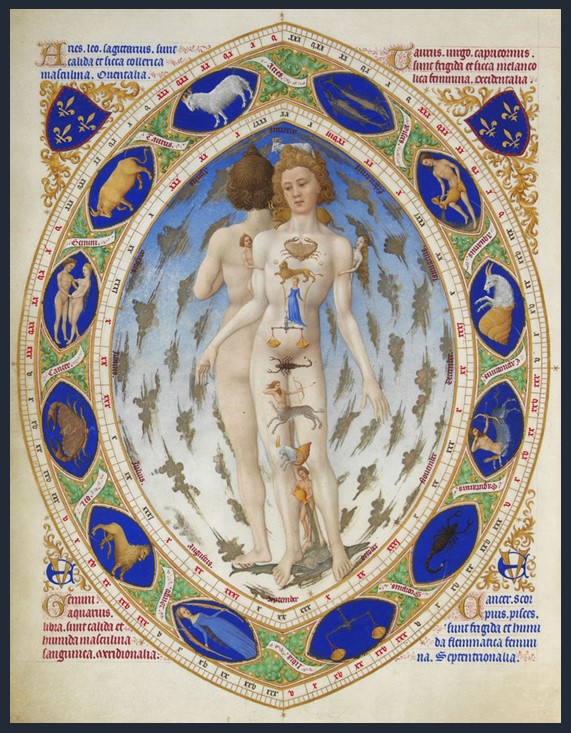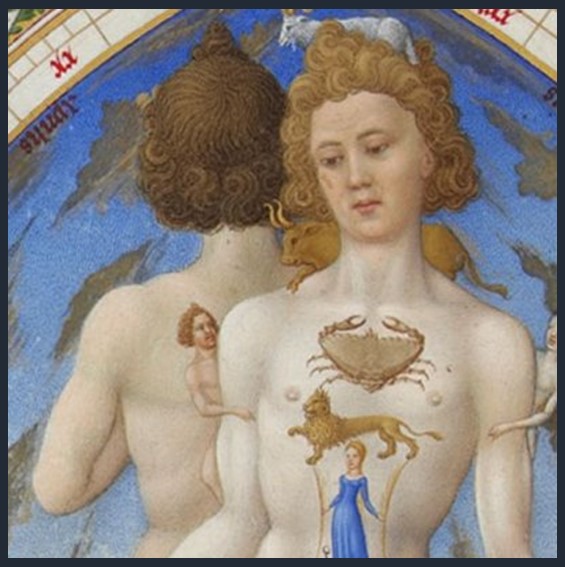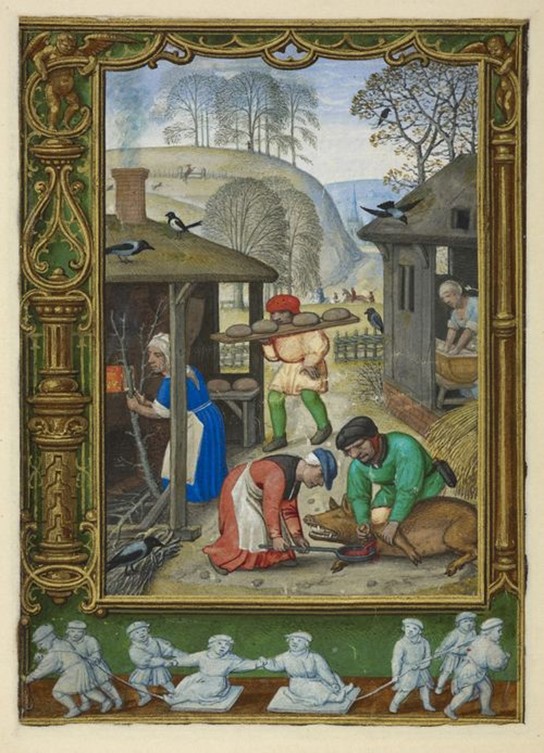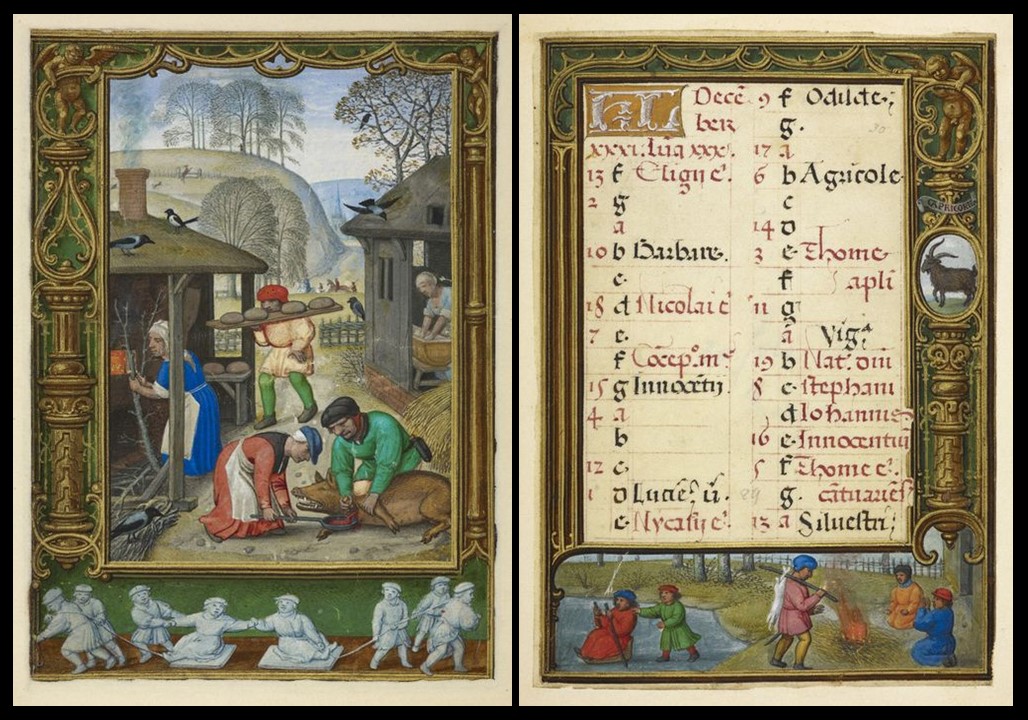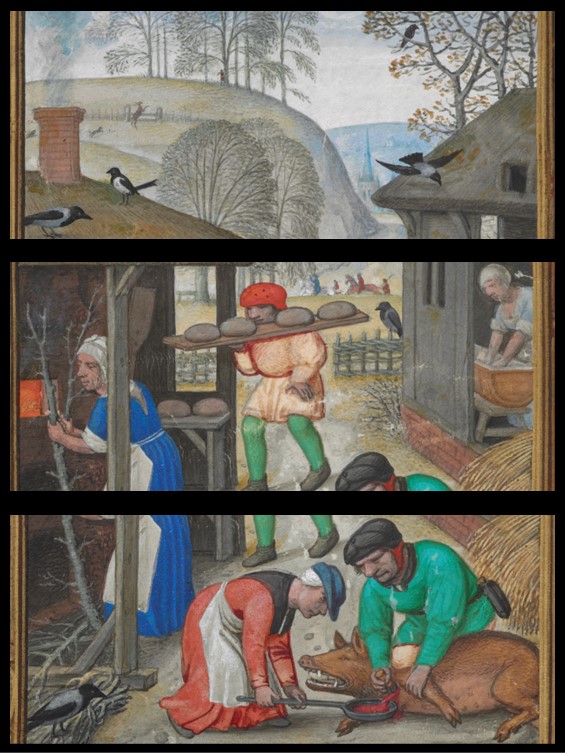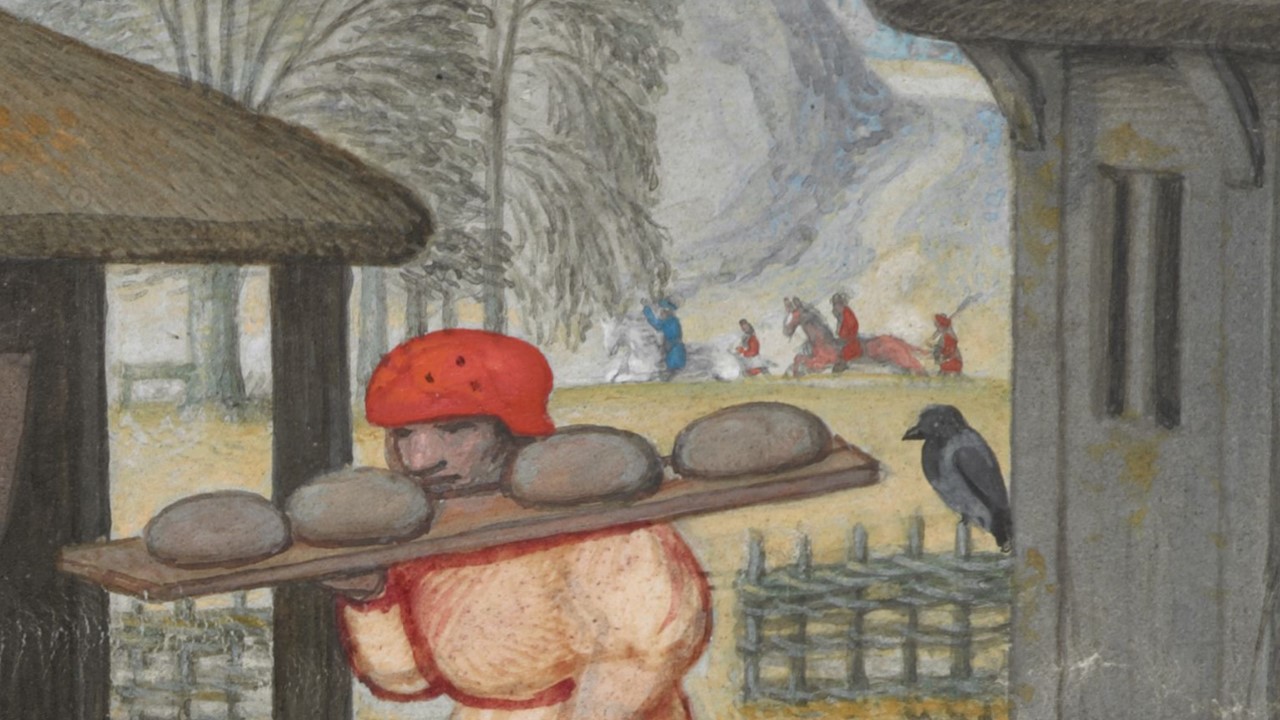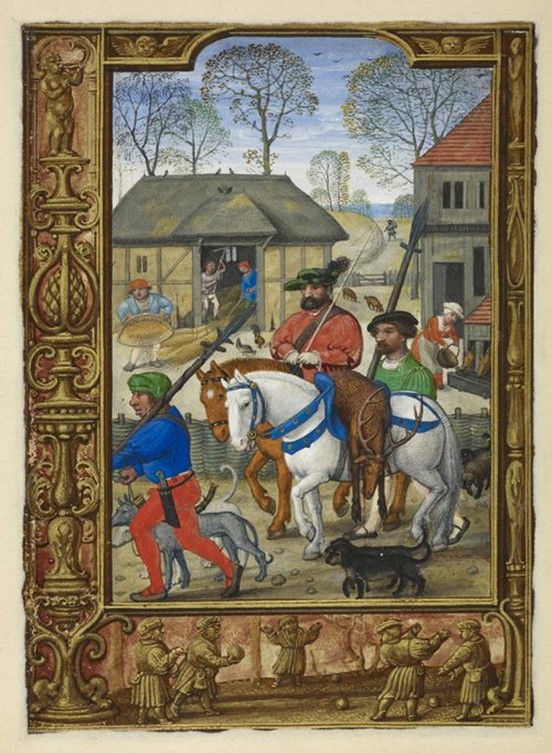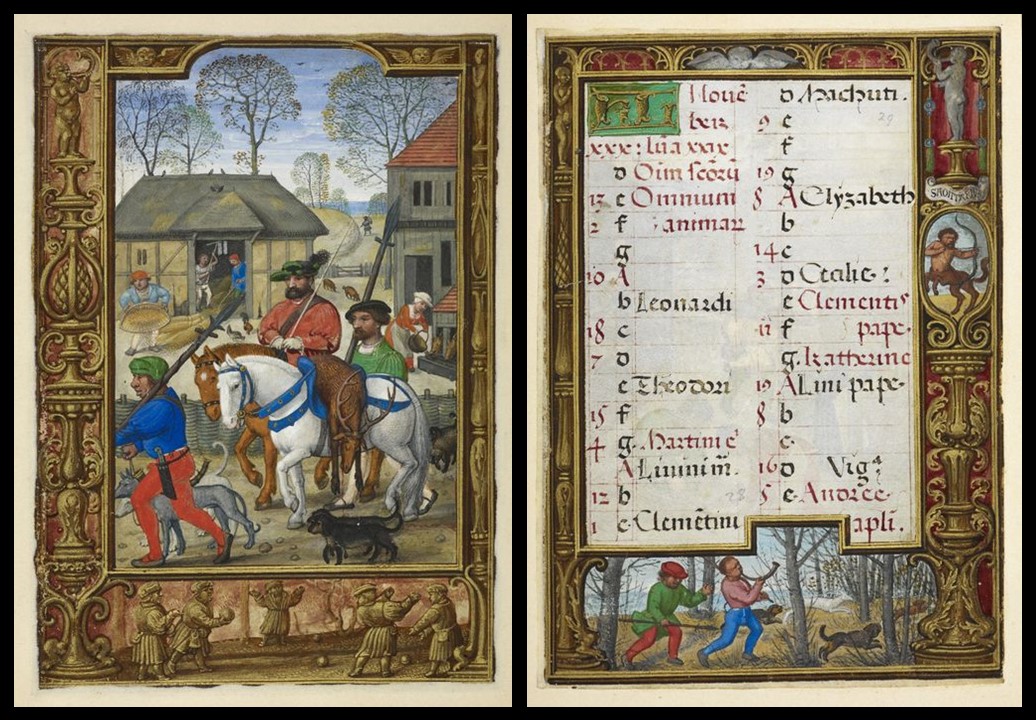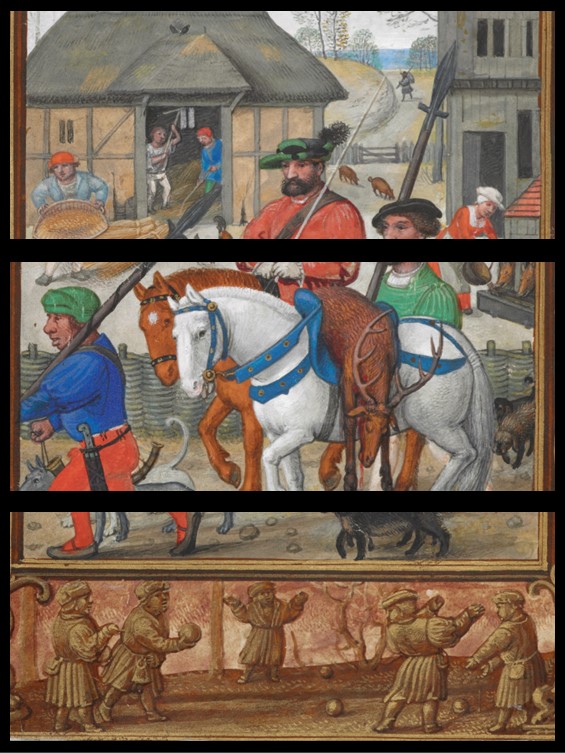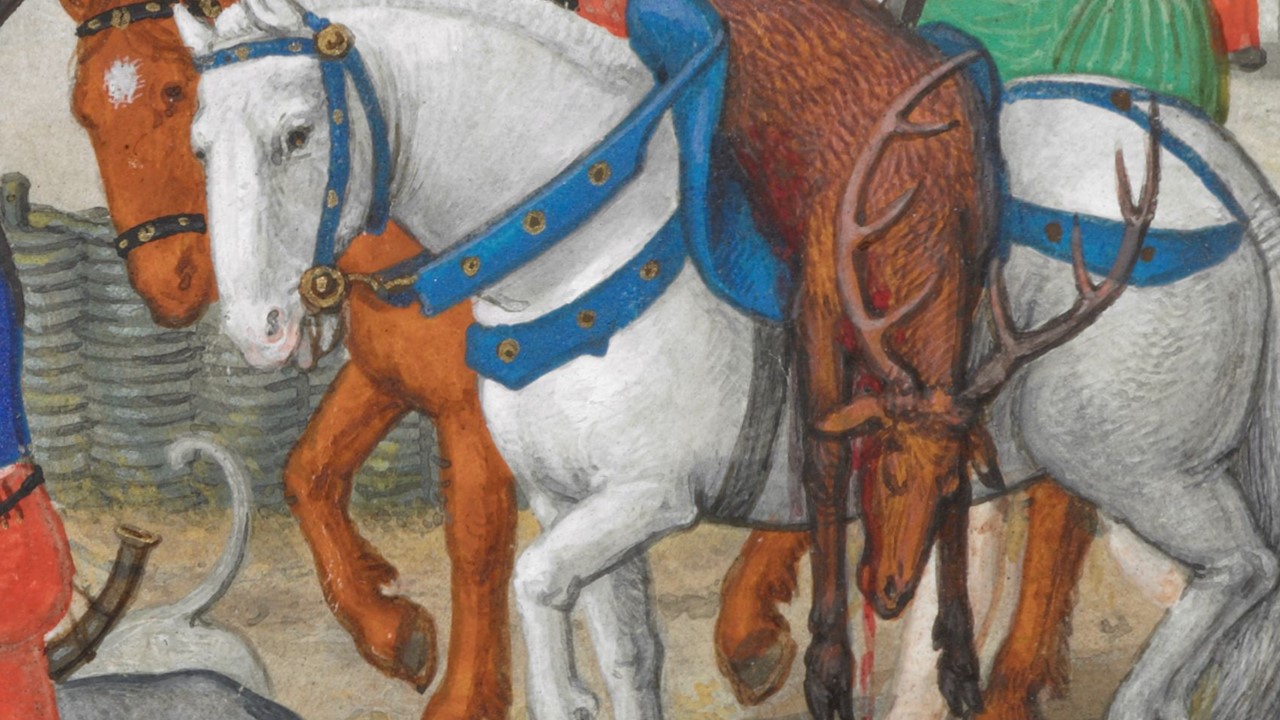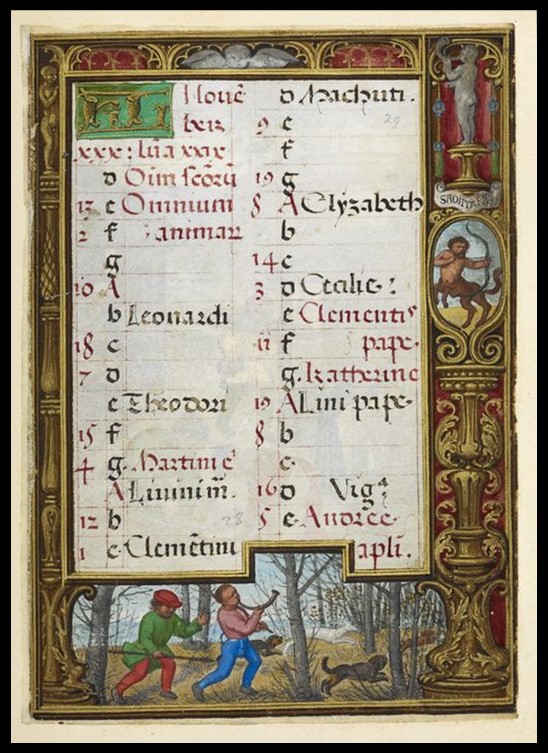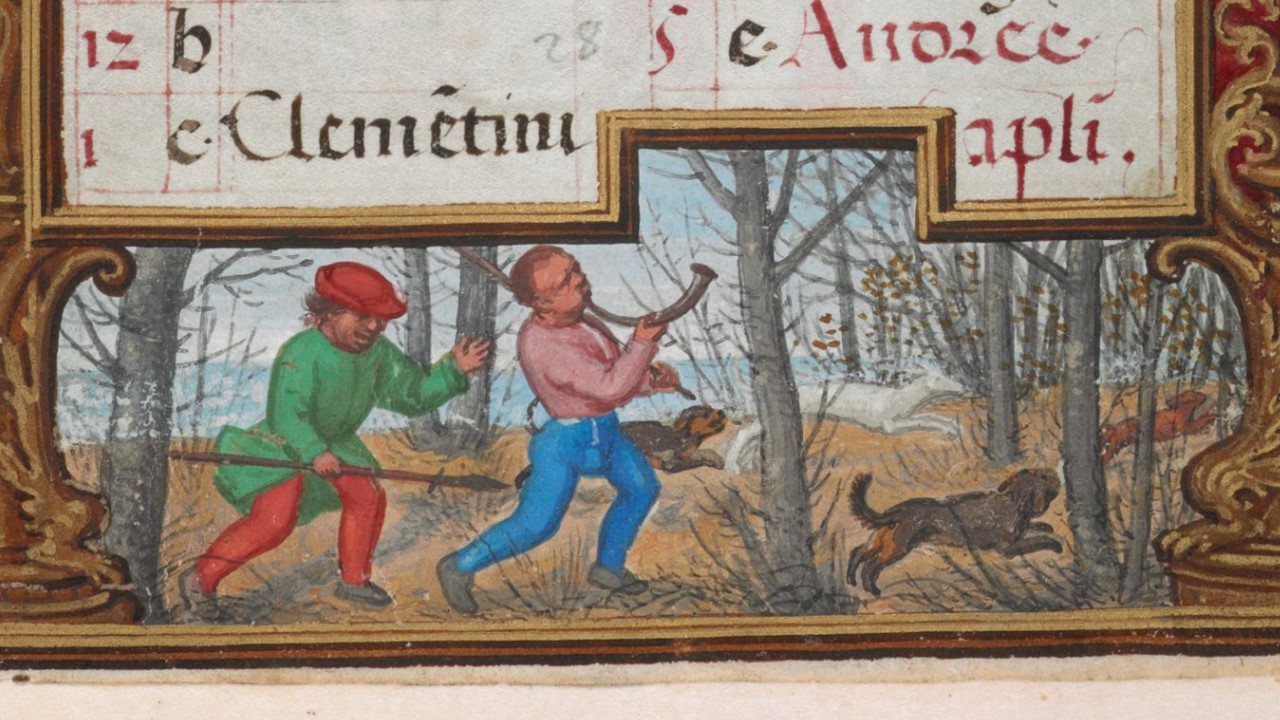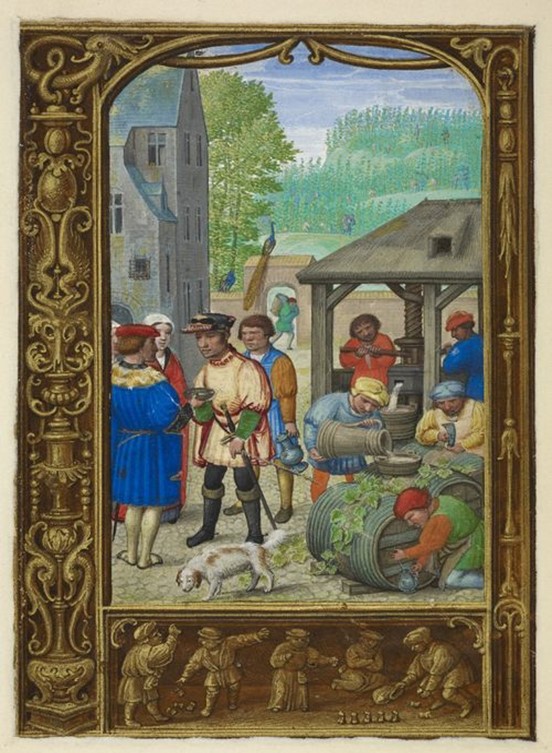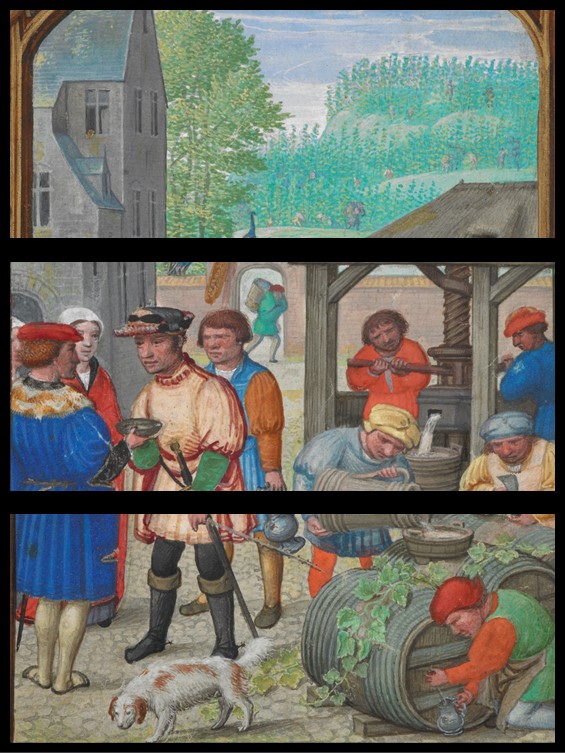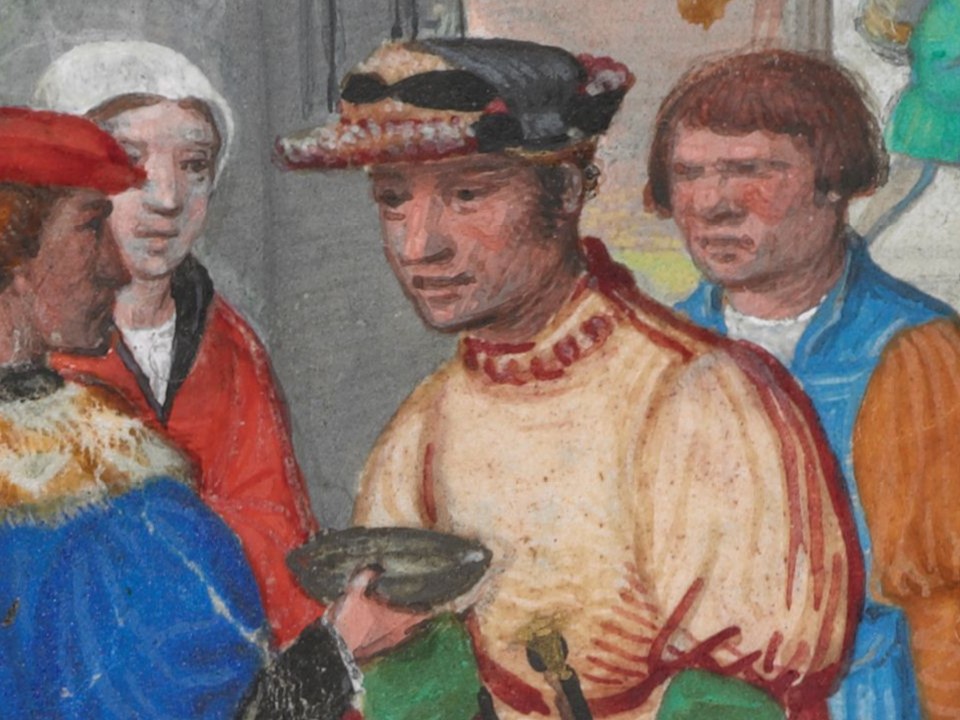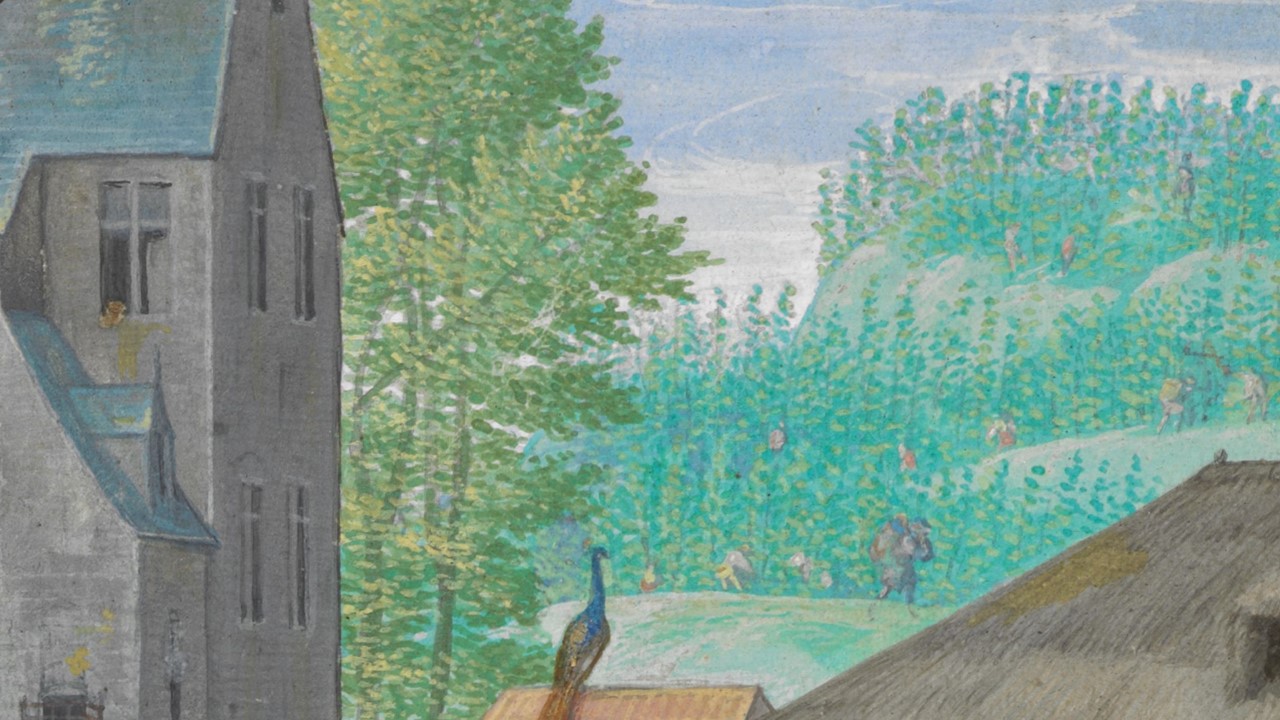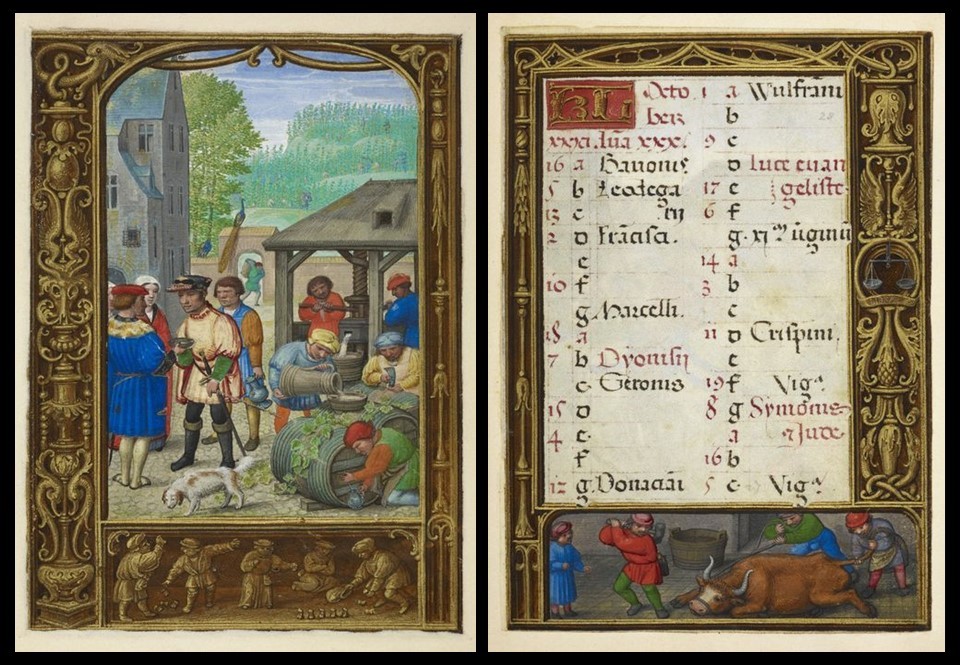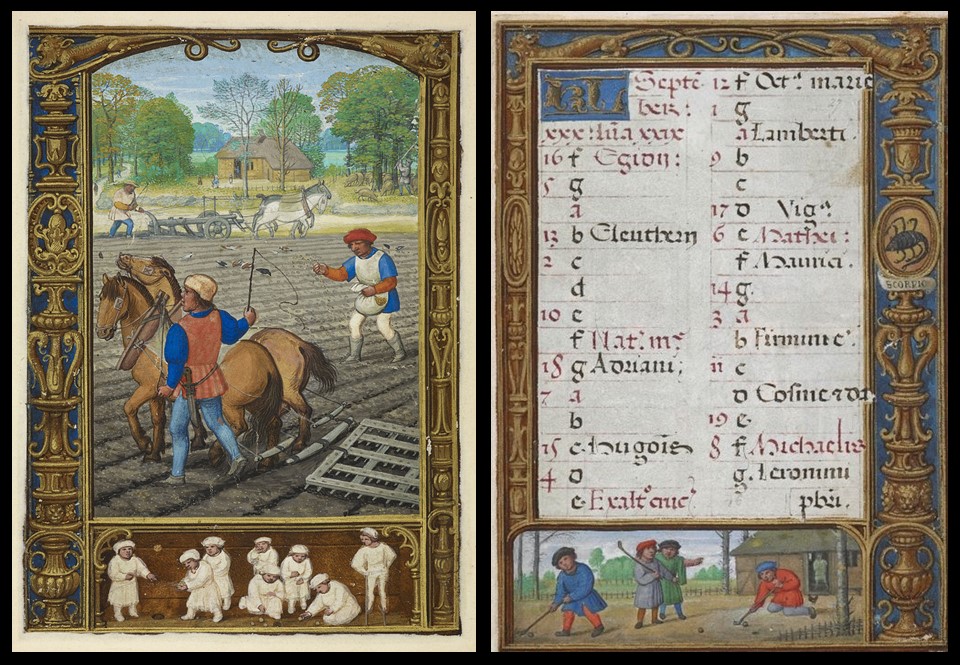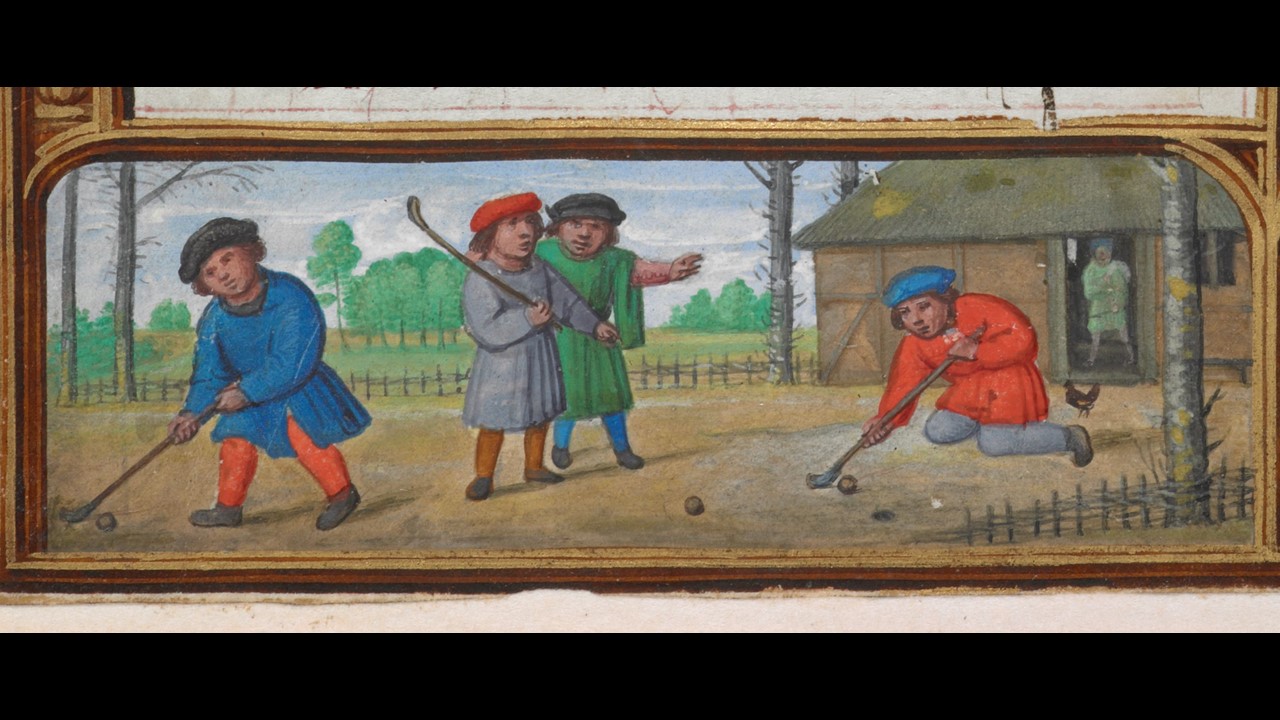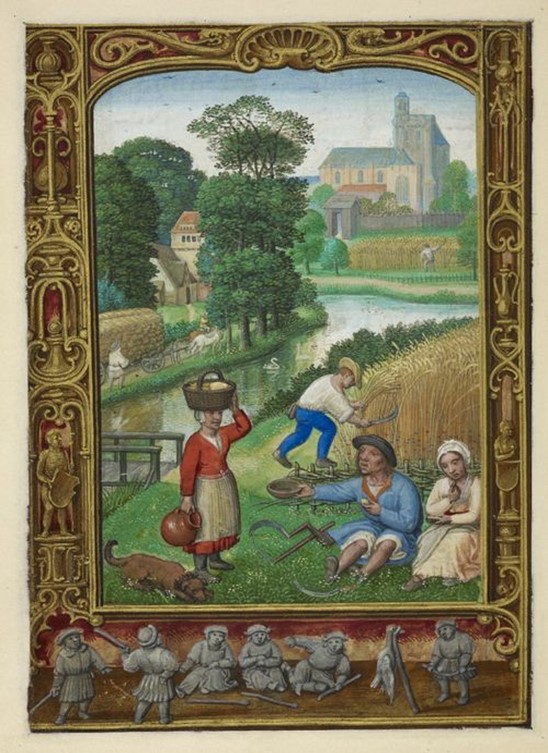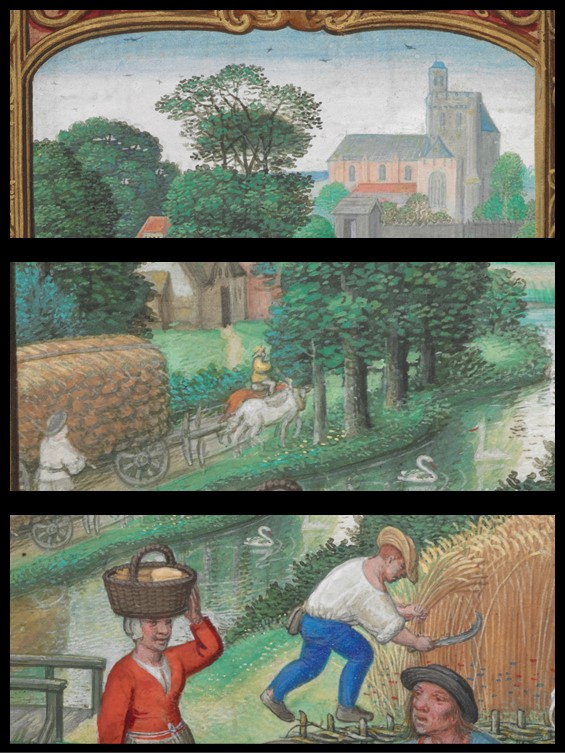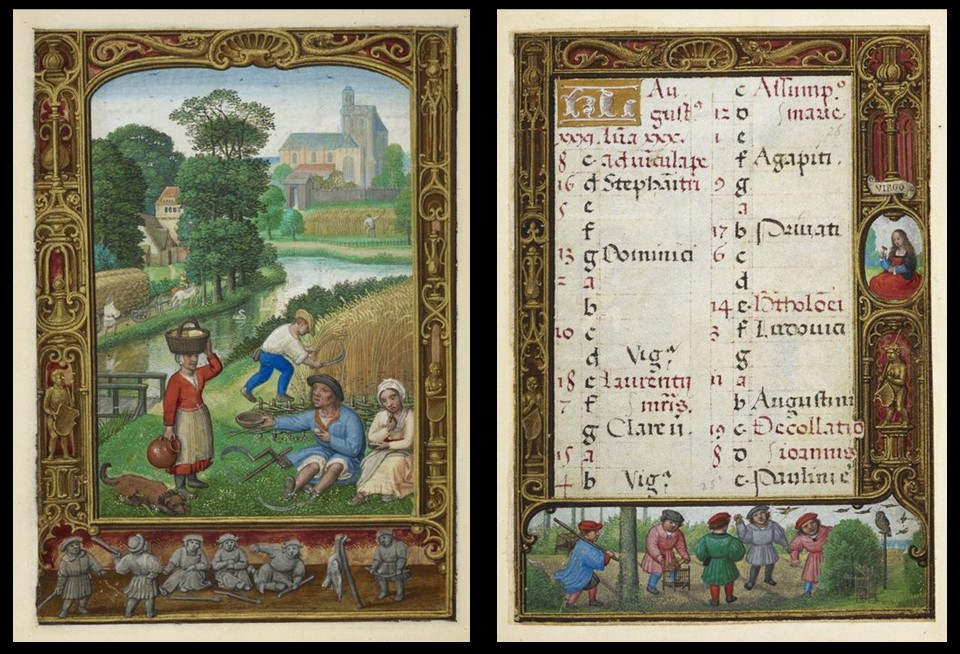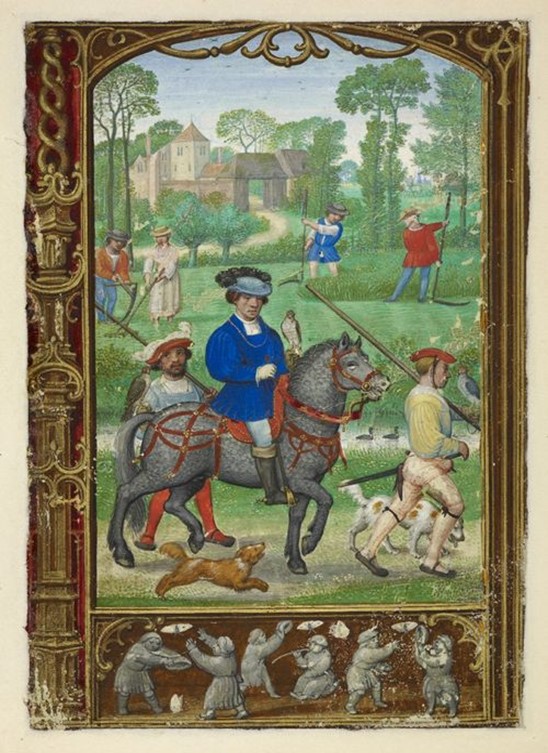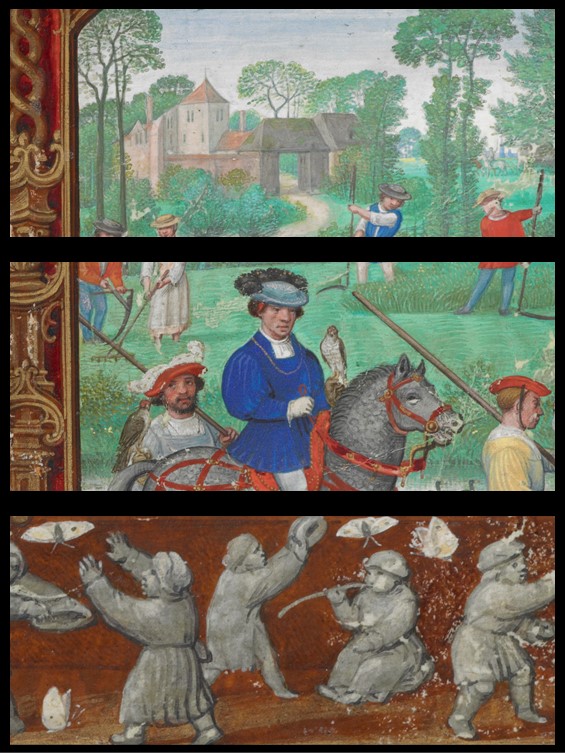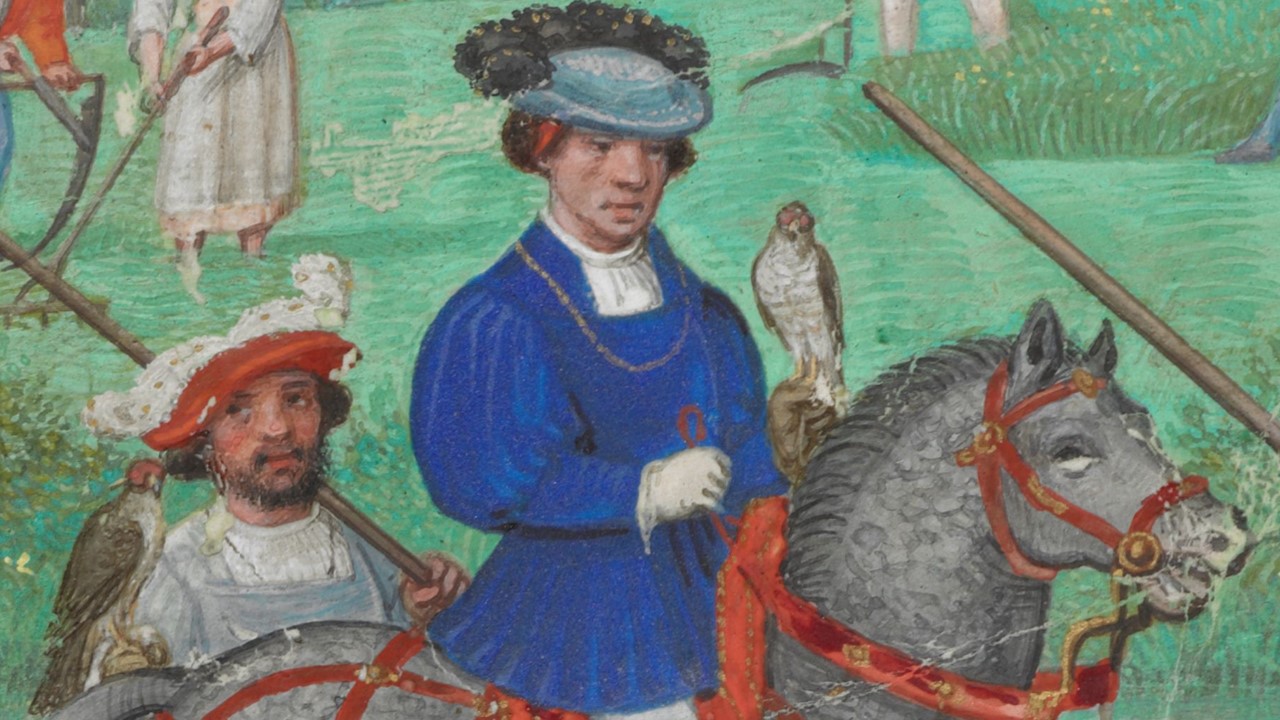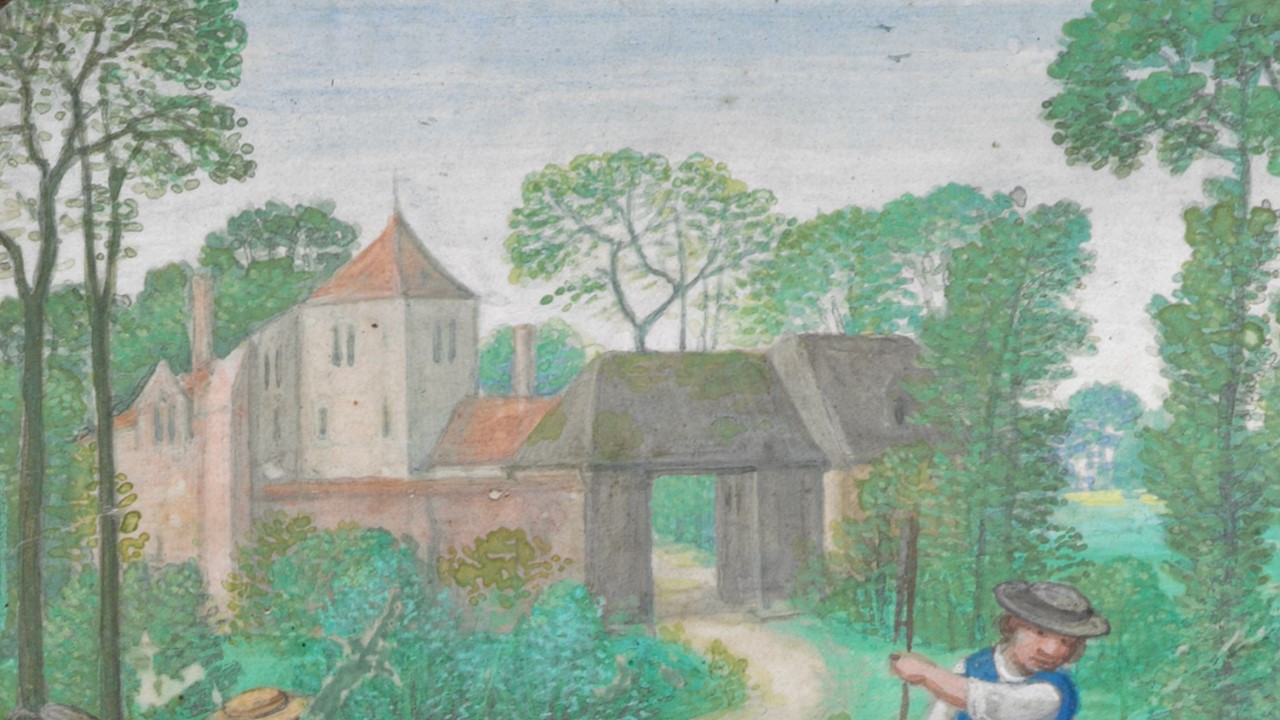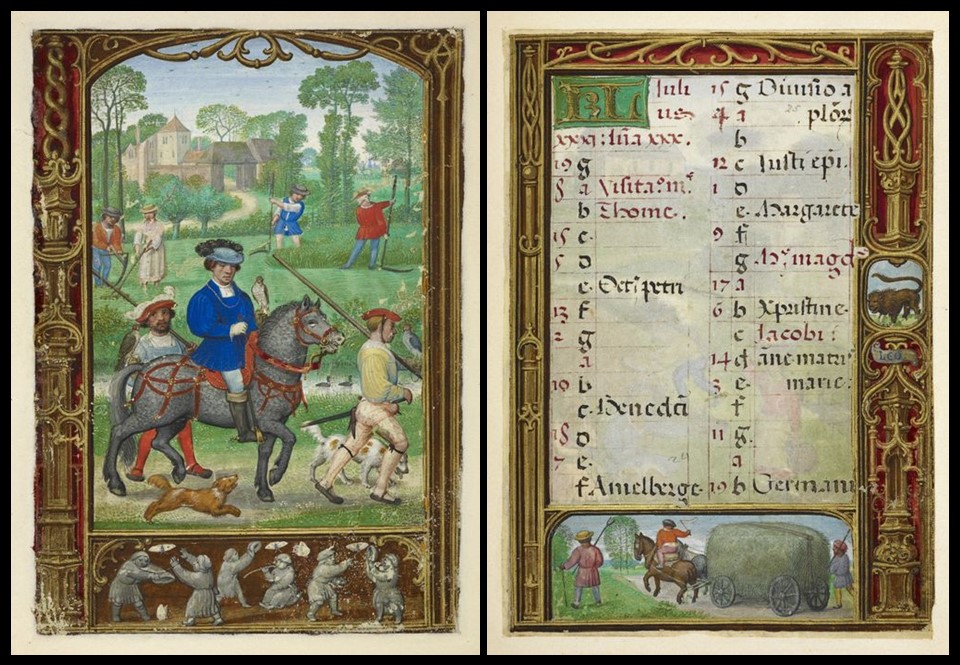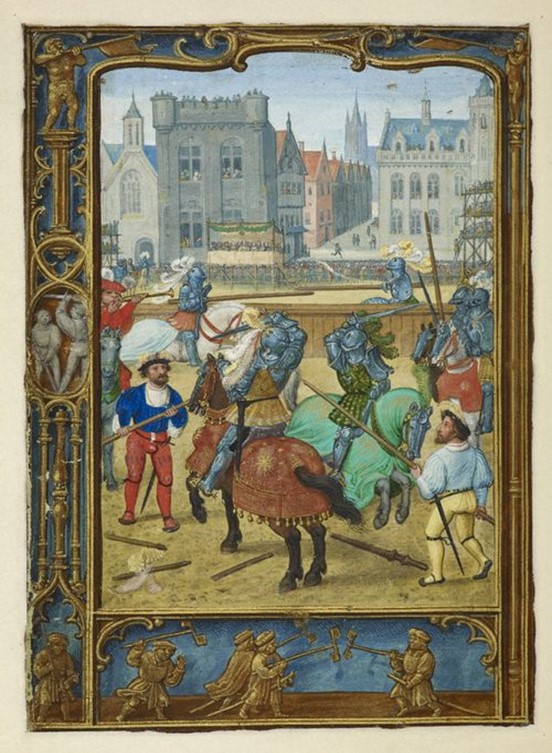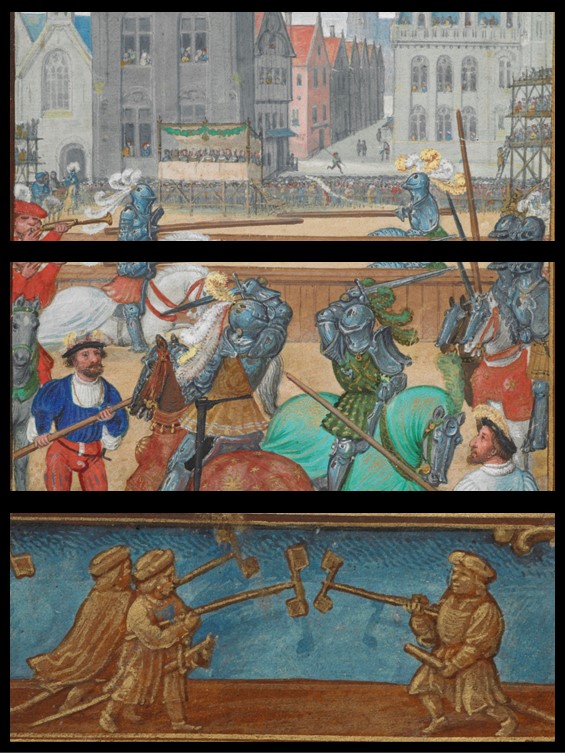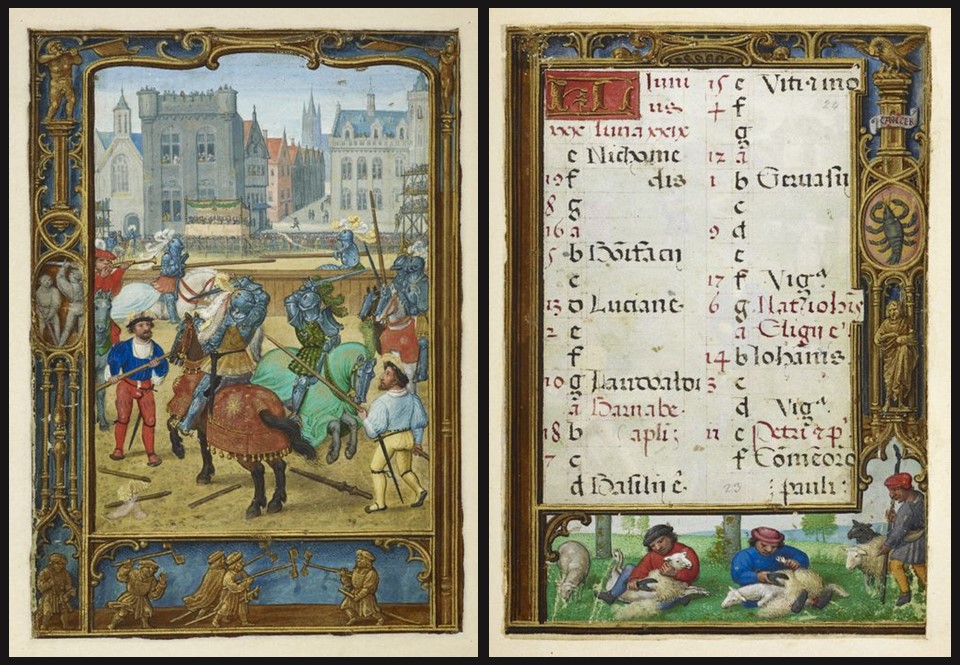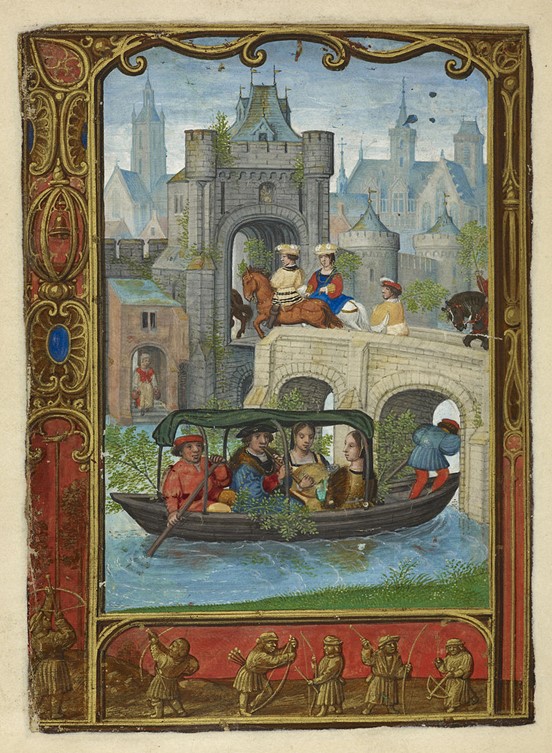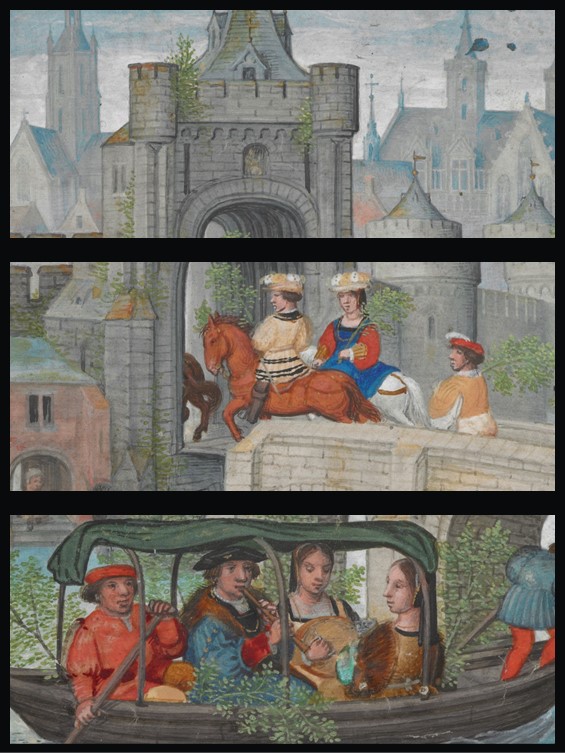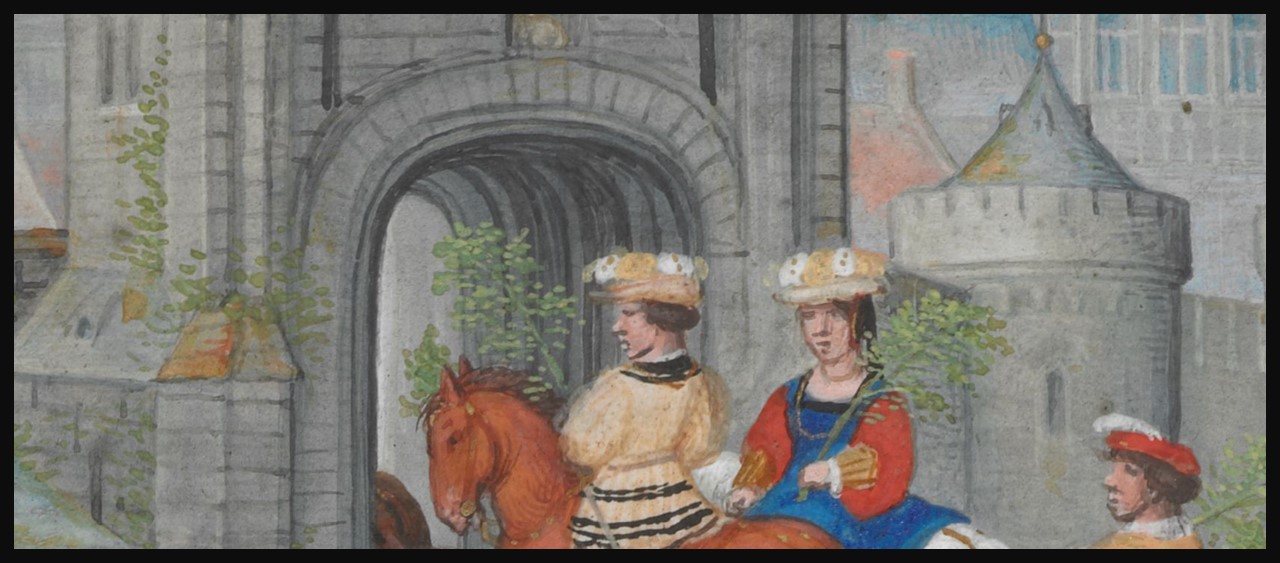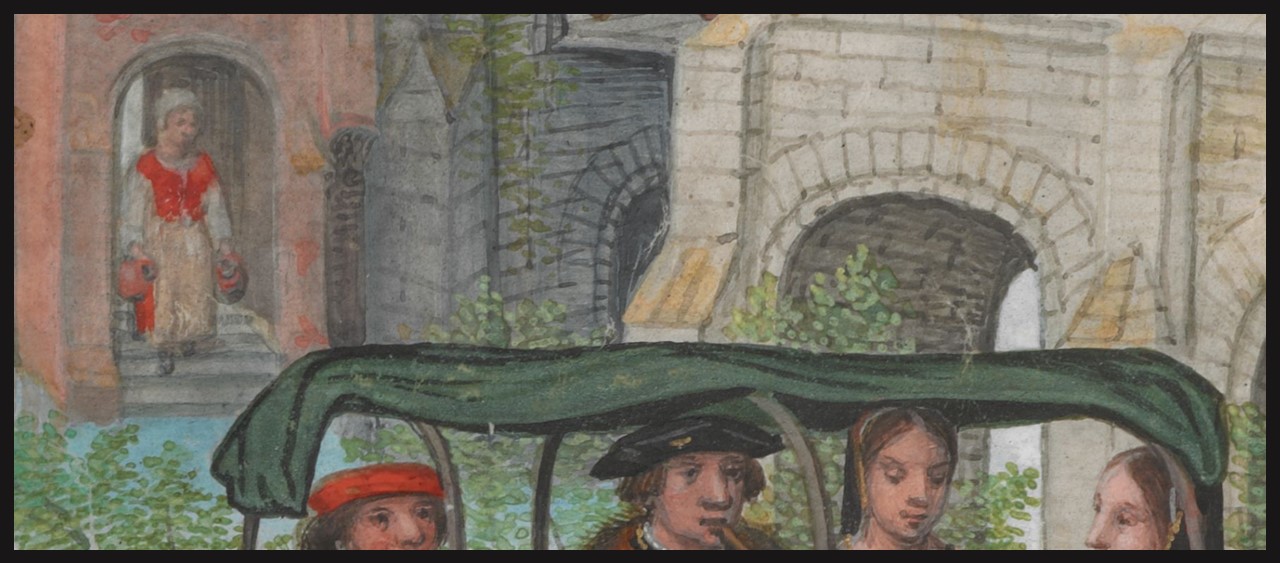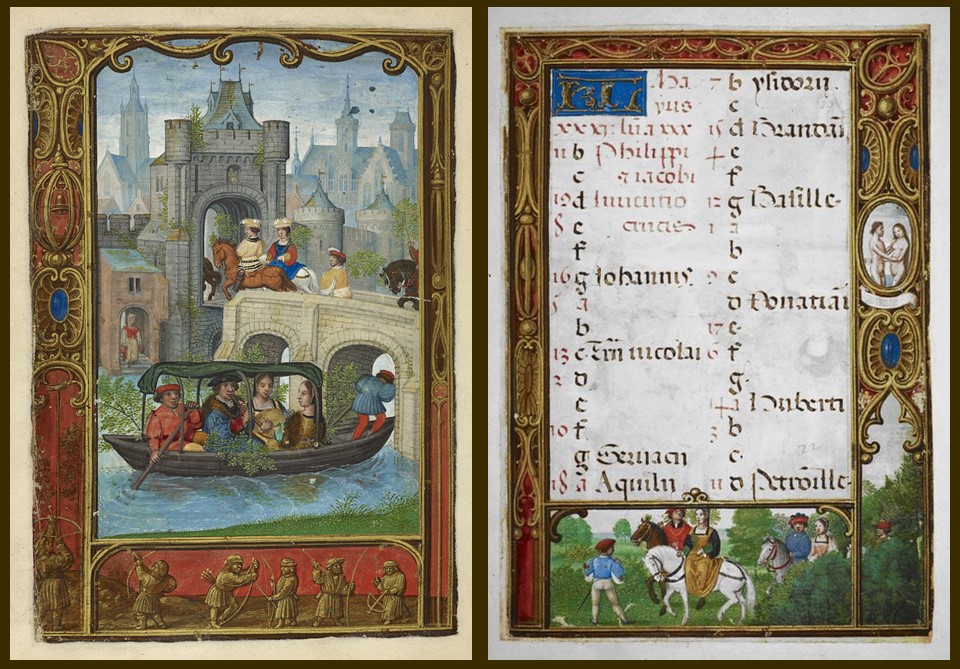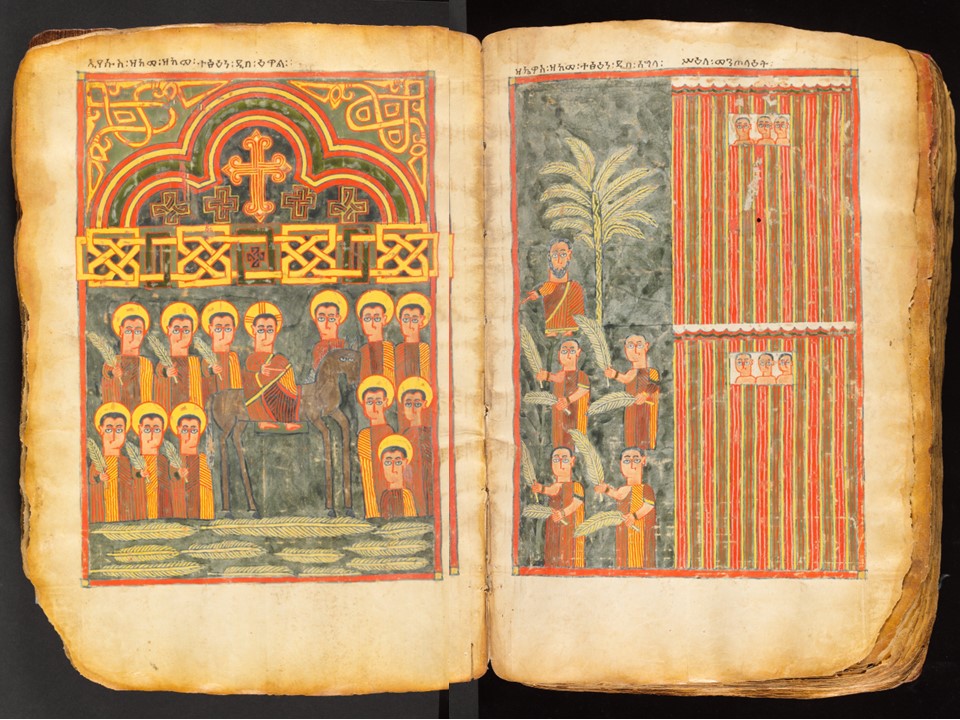
Heartfelt wishes for the Orthodox Holy Week of Easter ahead of us, and today’s Palm Sunday – Κυριακή των Βαΐων … The next day the great crowd that had come to the festival heard that Jesus was coming to Jerusalem. So they took branches of palm trees and went out to meet him, shouting, / “Hosanna! / Blessed is the one who comes in the name of the Lord – the King of Israel!” (John 12.12-16)
Nestled within the rugged embrace of Ethiopia’s highlands, the Amhara region emerges as a tapestry of cultural richness and natural beauty. Here, ancient traditions interlace with modern aspirations, creating a mosaic of resilience and vibrancy. From the shores of Lake Tana, where ancient monasteries guard age-old treasures, to the majestic peaks of the Simien Mountains, Amhara captivates the scholar with its diverse landscapes and rich heritage.
Within the intricate tapestry of Ethiopian history, the Amhara people emerge as custodians of a cultural legacy shaped by millennia of dynamic interaction and enduring tradition. This rich heritage finds its roots in the ancient kingdom of Aksum, where the fusion of indigenous groups, Arabian emigrants, and Alexandrian scholarship gave rise to a civilization that would shape the course of East African history. It was here, in the fertile highlands, that Christianity took root under the patronage of King Ezana, marking the dawn of a new era defined by faith and enlightenment. As the Ethiopian state expanded its influence, monasteries blossomed as centers of knowledge, beacons of learning and guardians of tradition. Through the ebb and flow of time, the Amhara people have remained steadfast in their commitment to preserving this rich cultural heritage, embodying the spirit of resilience and continuity that defines Ethiopia’s vibrant tapestry of diversity.
Within the sacred confines of the Ethiopian Orthodox Monasteries, the Gospel text reigned supreme, its words were revered as divine guidance for the faithful, and their illuminations were considered sacred windows into the divine narrative. It thus comes as no surprise that Illuminated Manuscripts were pivotal elements of Ethiopian liturgy. They were commissioned by esteemed patrons, to stand as testaments to both royal prestige and the scholarly ability of monastic scriptoria. One such Manuscript, the Ethiopian Illuminated Gospel in the collection of the Metropolitan Museum in New York, is a testament to the intertwining of faith, patronage, and artistry.
Dating back to the 14th century, at the peak of Ethiopian civilization, this opulent manuscript encapsulates the essence of Ethiopian Medieval Christian Art, bringing together Byzantine influences with indigenous flair. Within its pages, written in Classical Ethiopic or Ge’ez, this illuminated manuscript stands as one of merely thirteen manuscripts that defied the onslaught of Islamic destruction during the tumultuous 16th century. Its survival underscores its singular importance as a cherished artefact of Ethiopian heritage, preserving a vibrant chapter of artistic and religious expression.
Hailing from a monastic center nestled in the serene Tana region, the Ethiopian Manuscript unfolds as a masterpiece of illumination. Adorned with twenty full-page miniatures portraying vivid scenes from the New Testament, meticulously crafted portraits of the Evangelist, and eleven illuminated Canon Tables, this manuscript offers a captivating glimpse into the Christian narrative, meticulously rendered by the hands of at least two skilled artists. These artisans, adept in their craft, ingeniously adapted Byzantine influences into a distinctly Ethiopian style, characterized by vibrant hues and striking graphic motifs. Within its pages, figural subject matter intertwines with rich passages of abstract patterns, weaving a tapestry of spiritual and artistic expression. Delicate decorative frames, embracing illuminated pages, showcase bands of coloured lines interwoven with intricate geometric designs, each stroke a testament to the artisans’ mastery and the manuscript’s enduring allure.
My favourite scene from the New Testament is The Entry of Christ into Jerusalem. Inspired by the Byzantine iconographic tradition, but infused with an Ethiopian ‘twist,’ the Palm Sunday scene is rendered in the local expressive idiom. Human forms are portrayed as static and solemn, schematically rendered like pillars of faith, with lines boldly presented and colours that are warm and inviting. Blending solemnity with warmth, the Ethiopian ‘tableau’, not only captivates the viewer but also eloquently encapsulates the unique spiritual and cultural narrative of the Ethiopian Christian tradition.
For a PowerPoint inspired by the Ethiopian Illuminated Gospel in the MET, please… Check HERE!
Bibliography: https://www.metmuseum.org/art/metpublications/Byzantium_Faith_and_Power_1261_1557 page 441 and https://www.metmuseum.org/art/collection/search/317618
